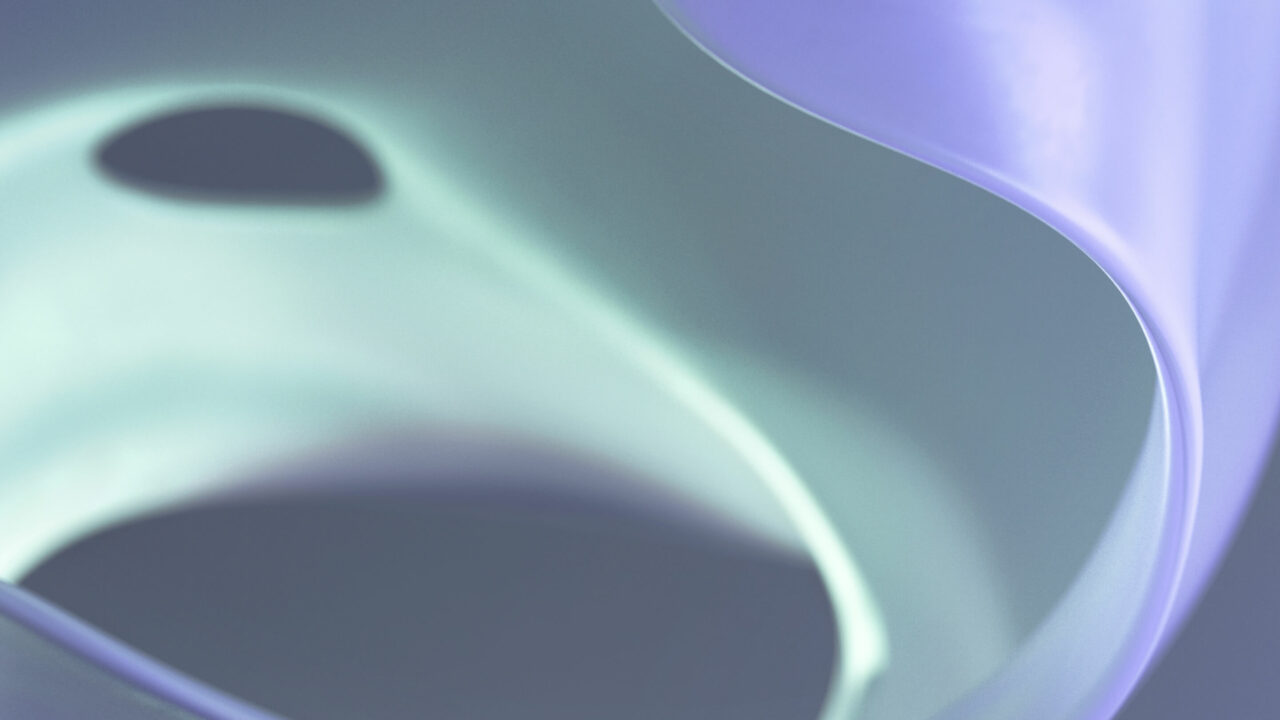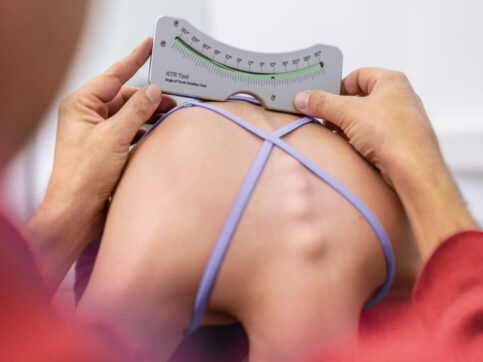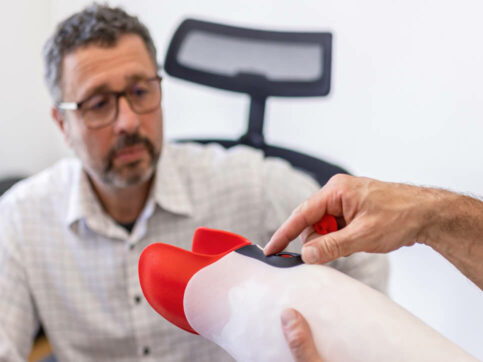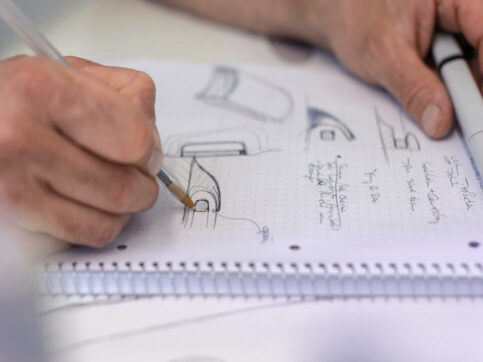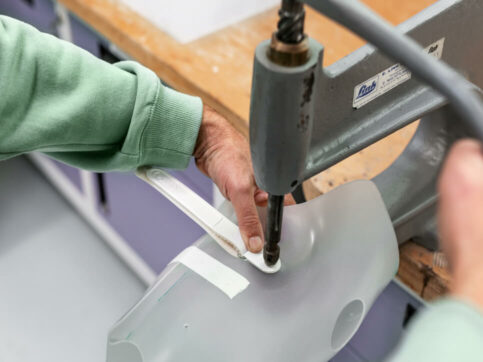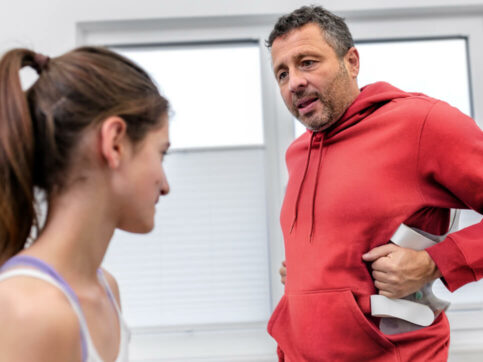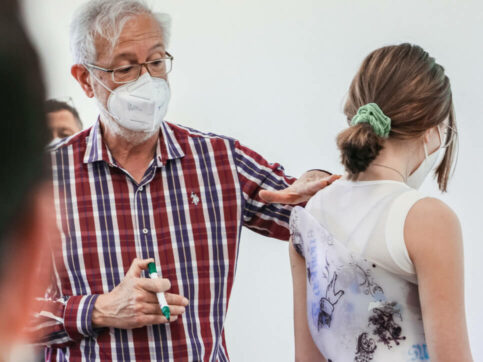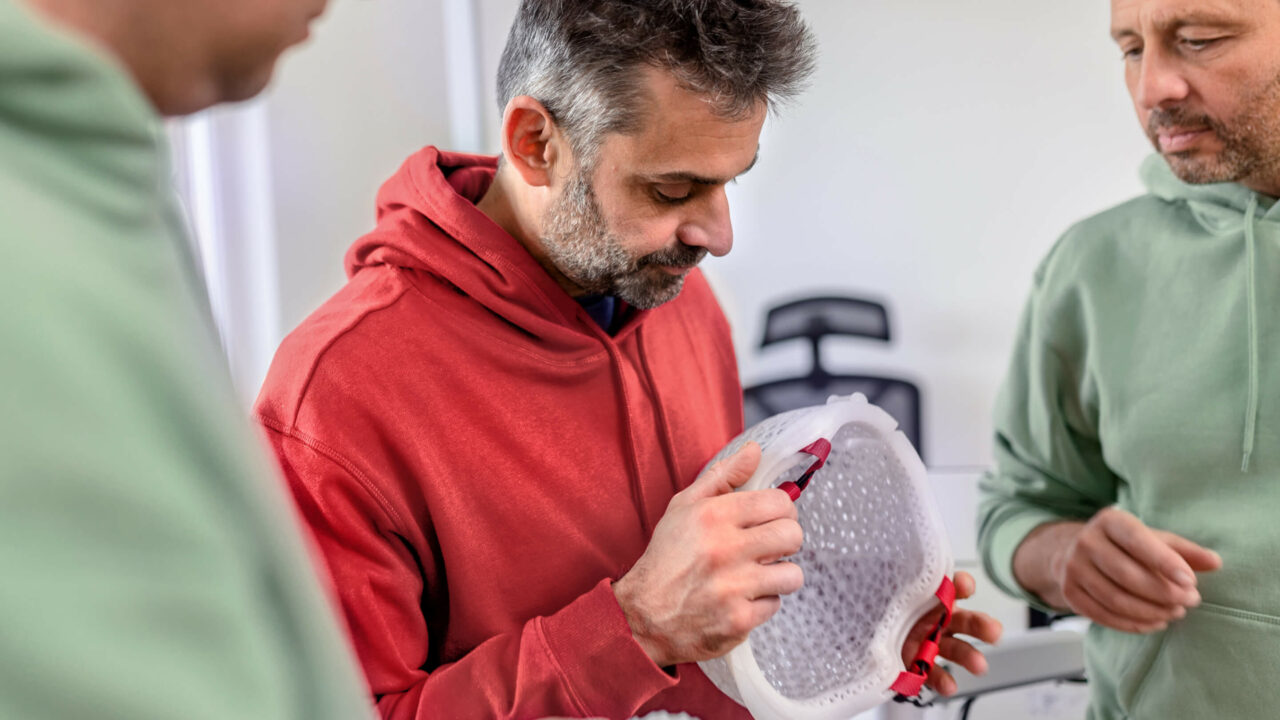
Scoliosis
Scoliosis detection
In a standing posture the head and hips form a straight line. The torso is symmetrically aligned, the shoulders and pelvis are in line and the shoulders are straight.
Even slight deviations can indicate scoliosis, such as sloping shoulders or when the head is outside the centre of the buttocks.
Asymmetry and initial hunching of the thoracic spine are strong signs of scoliosis. They are usually located in the thoracic spine and are accompanied by asymmetrical shoulders.
If there is asymmetry in the lumbar region of the spine, a hunchback is also possible. This is usually in the area of the lumbar spine in combination with an uneven waist.


Get advice
Individual analysis and professional advice are very important for scoliosis. Our experts take a holistic approach to your request and help you on your way to a free life.
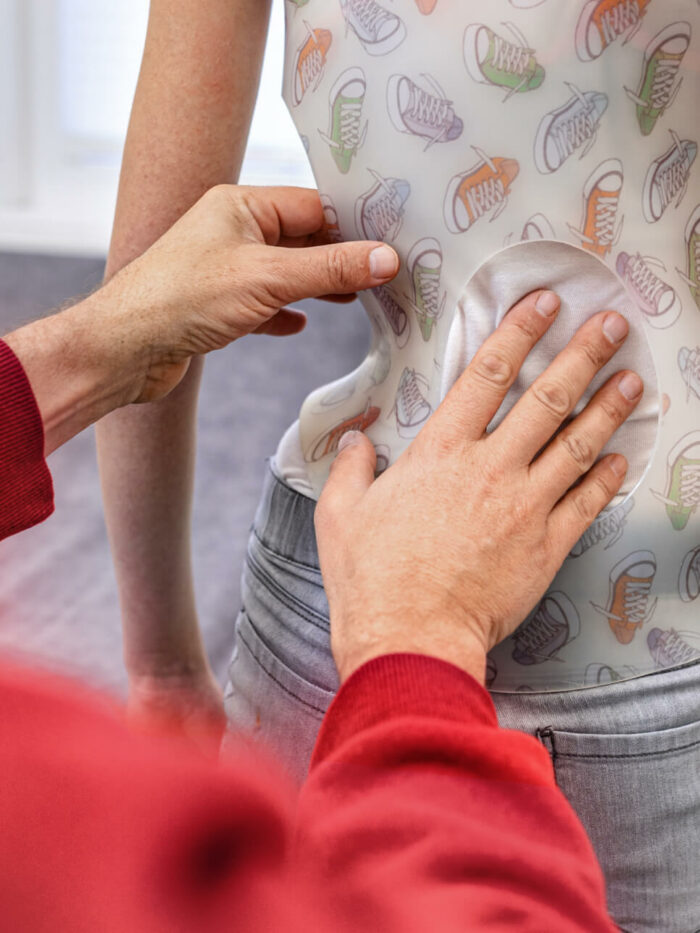
Early orthotic treatment is essential for limiting scoliosis during the growth phase. Our braces are custom-made and ensure an optimal fit for everyday life without any restrictions.
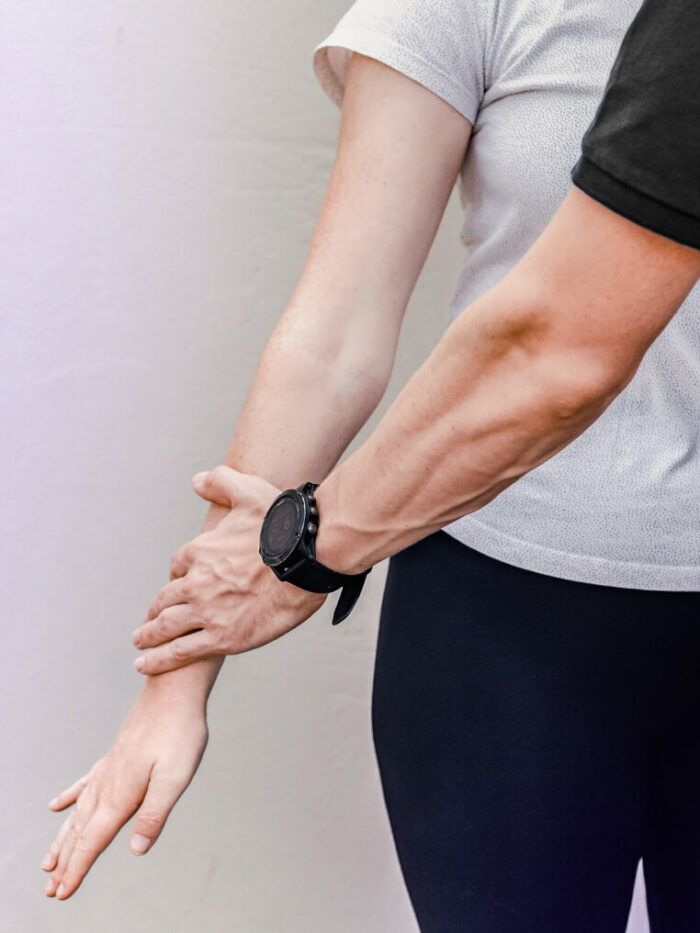
Physiotherapy is an important component in the treatment of scoliosis. Special approaches, such as the so-called Schroth therapy, have exercises ready to help straighten the spine. We are happy to help you find suitable partners.

Those affected are often under pressure due to the disease or wearing a corset. Therefore, professional support within the framework of psychotherapy can be useful. We look for the right help together.
Contact us for a non-binding initial consultation. We will advise you on your way to a better life. If, in rare cases, we are unable to help you directly, we will be happy to recommend one of our many partners worldwide.
